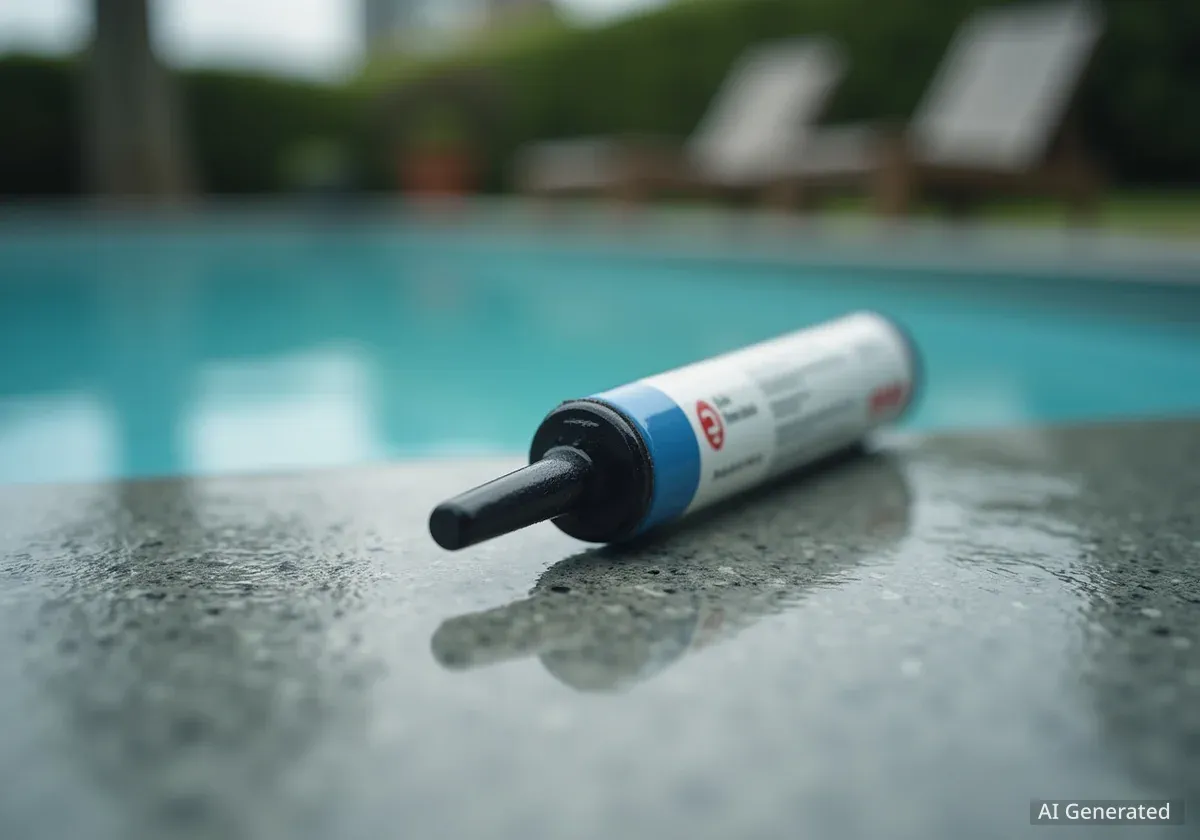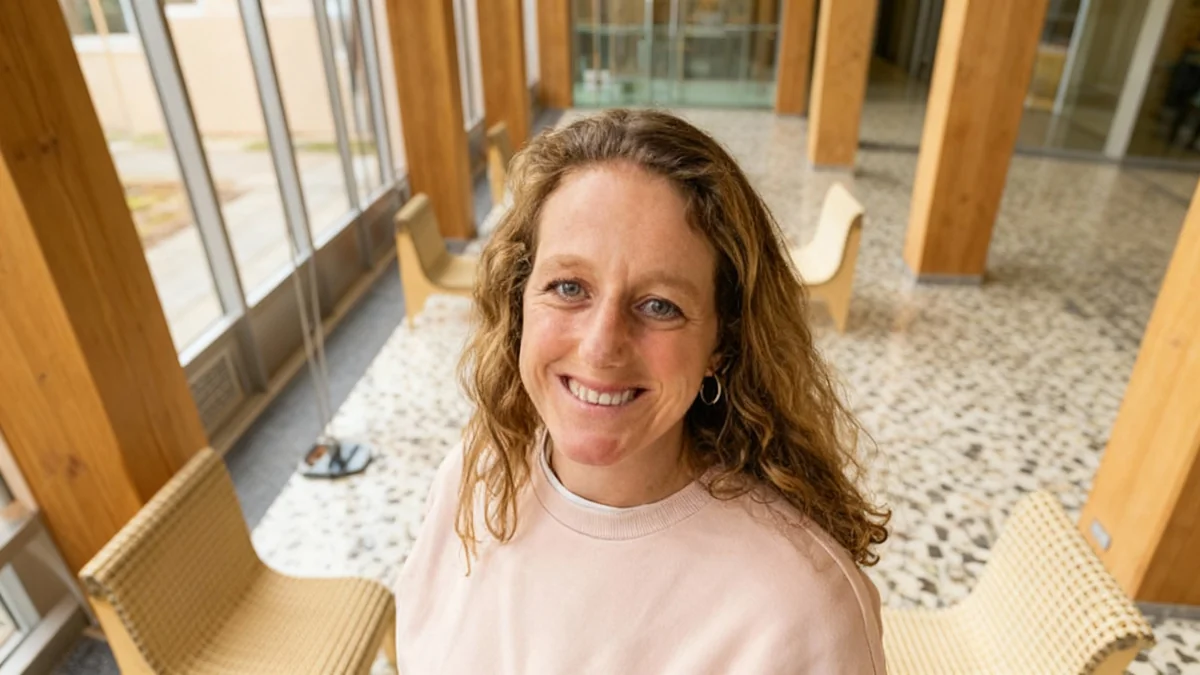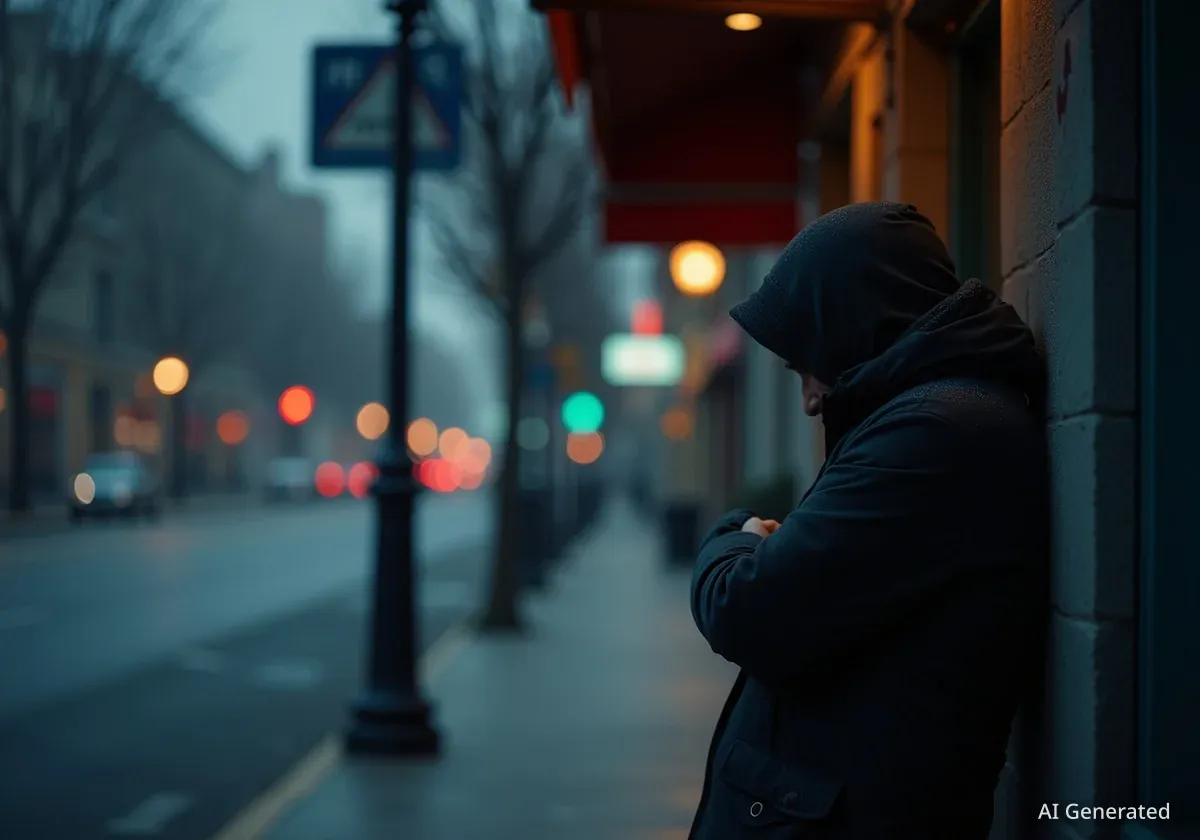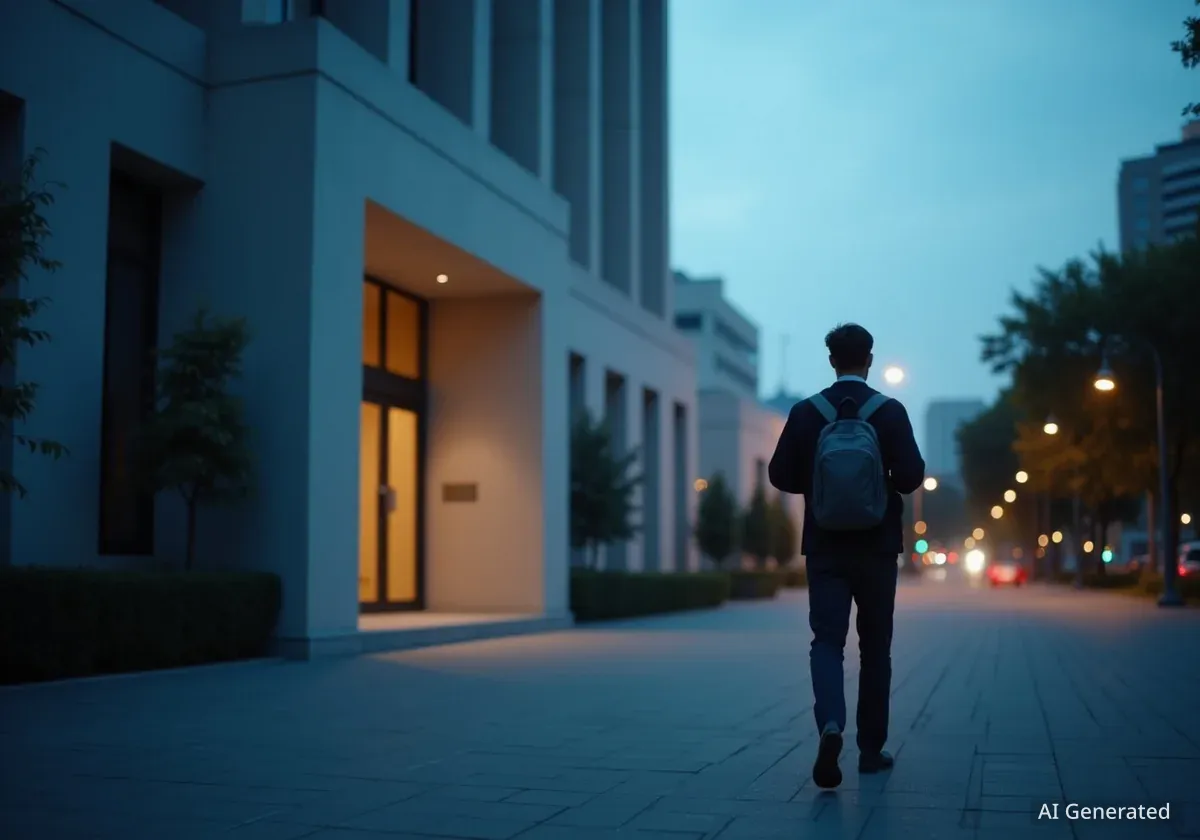Animal welfare advocates are calling for a full investigation into the death of a seal at Bern's Dählhölzli Animal Park. The incident, which occurred in the newly opened seal enclosure, has raised concerns about animal safety in zoos. This follows another animal death at the park last year, prompting wider questions about enclosure design and animal welfare.
Key Takeaways
- Seahund Saluk died on August 26 after ingesting a piece of sealant from its new enclosure.
- City councilor Tobias Sennhauser demands a thorough investigation into the incident.
- Bern Animal Park states it will not pursue legal action against the construction companies involved.
- The incident highlights ongoing debates about animal safety and welfare in zoo environments.
Seahund Saluk's Tragic Death
Seahund Saluk, a male seal, died on August 26 after undergoing surgery. The animal had swallowed a piece of sealant, leading to weight loss and the need for medical intervention. Saluk did not wake up from the anesthesia.
The seals had only returned to Dählhölzli Animal Park in Bern in spring, after spending a year in Borås, Sweden. The new seal enclosure, where the incident occurred, was inaugurated in May.
Fact: Loose Objects Pose Risk
According to Marcus Clauss, director of the Clinic for Zoo Animals at the Zurich Animal Hospital, loose foreign objects in water basins are particularly risky for certain animals. Seals, crocodiles, and hippos are known to ingest such items. For example, stones on the basin floor could be dangerous for seals if swallowed. In their natural ocean habitat, this risk is lower because seals do not dive to the seabed during hunting.
Investigation Demanded by City Council
The sealant ingested by Saluk came from a protective cover over the silicone seals of the underwater windows in the new enclosure. This cover detached, causing parts of the sealant to become loose and accessible to the seal.
"The case shows that risks for animals in captivity cannot be completely ruled out and that their needs can only be considered to a limited extent," stated Tobias Sennhauser, a Bern city councilor and animal rights activist with Tier im Fokus (TIF).
Sennhauser has submitted an interpellation to the city council, demanding a comprehensive investigation into Saluk's death. He seeks answers regarding accountability for the structural defect.
Zoo's Response and Future Actions
Officials at Dählhölzli Animal Park disagree with Sennhauser's assessment that animal needs are limited. The park's communication department stated that they operate with the utmost care and respect to create the best conditions for their animals. They attribute the detachment of the protective cover to a material incompatibility, which is currently under review.
The animal park confirmed that the enclosure was built in collaboration with 30 companies. They have worked with these companies for many years. Despite the incident, the park will not file a complaint or pursue legal action for damages against the involved construction companies.
Legal Status of Animals in Switzerland
Since a 2003 law change, animals in Switzerland are no longer considered mere objects. They are recognized as living beings capable of feeling and suffering. However, legally, they remain assets that can be owned.
Recent Animal Deaths at Dählhölzli
This is the second animal death at Dählhölzli Animal Park within a short period due to ingested items. Last October, Maike, a female musk ox, died from rumen acidosis and intestinal inflammation. This occurred after she consumed an excessive amount of acorns.
The park denies a structural problem, calling the two incidents within a year an "exception and extremely rare." They also state that the occurrences cannot be compared.
Preventing Future Incidents
Regarding the musk ox death, the park explained that an old oak tree in the enclosure produced an unusual number of acorns last autumn. Heavy rain and storms caused many acorns to fall before zookeepers could remove them. To prevent this, a net will now be used in autumn to catch falling acorns.
The area where the protective cover detached in the seal enclosure is under investigation. The seals are currently housed in another pool. The affected section has been temporarily secured to prevent further sealant pieces from coming loose.
Zoo Accidents and Anesthesia Risks
Animal deaths due to accidents occur periodically in zoos. In June 2008, a giraffe named Chakula at Basel Zoo accidentally strangled herself with a rope and food branches. Following this, the rope lifts in the enclosure were secured to prevent similar accidents.
Last week, Zali, a baby elephant at Zurich Zoo, died after being injured while playing with a pile of branches. He was sedated for examination. Zali passed away several hours after waking from anesthesia due to a twisted small intestine, believed to be a stress reaction.
Anesthesia in Zoo Animals
Zootier specialist Marcus Clauss notes that anesthesia is performed much less often on zoo animals than on humans. This means there is less experience. "A flight to the moon will never be as safe as one from Geneva to Zurich," Clauss explains, highlighting the inherent risks.
The risk also depends on the animal species. Marine mammals like seals have a diving reflex and can hold their breath for extended periods. This makes it challenging to assess if their breathing is normal during anesthesia.
Safety in Zoo Environments
According to Clauss, there are no comprehensive studies on the frequency of accidents in zoos. However, he emphasizes that animals in zoos generally live significantly longer than in their natural habitats. This is because many dangers, such as predators like orcas for seals, are absent.
Aggression within the same species, including infanticide, is also better controlled in zoos. For instance, a new male lion would not be introduced into an enclosure with cubs from another male. While injuries from branch piles can happen in both wild and captive settings, zoos actively work to minimize risks.
Zoo Zurich's Safety Measures
Dominik Ryser, spokesperson for Zurich Zoo, states that common sources of injury such as sharp edges, loose plastic parts, thin ropes, or nets that animals could get entangled in are generally avoided. Parts that animals could tear off or detach, along with electrical and water lines, are additionally secured.
Bern Animal Park acknowledges the sealant issue. "Errors happen, and we deeply regret that this error led to the death of an animal," the Dählhölzli communication team stated. Investigations continue, and temporary security measures are in place.




